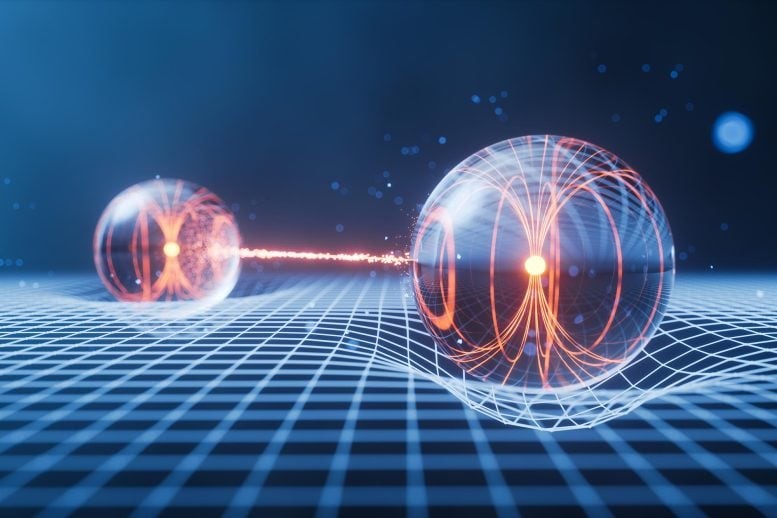Rewriting the Universe: New Discoveries Reshape Our Understanding of Subatomic Matter
Redefining the Boundaries of the Strong Force
A research team’s high-precision measurements are challenging long-standing assumptions about the strong force—the fundamental interaction that binds quarks into protons and neutrons. Their findings are reshaping how physicists understand the structure of matter at its most fundamental level.

Figure 1. Unlocking the Universe: Subatomic Discoveries Redefine Matter.
“These symmetries have long served as simplifying assumptions in our analyses,” said Dutta, a faculty member in Michigan State University’s Department of Physics and Astronomy. “But until now, they hadn’t been tested with this level of quantitative precision. Our results show where those assumptions hold—and where they need corrections.” Figure 1 shows Unlocking the Universe: Subatomic Discoveries Redefine Matter.
By uncovering subtle violations of these symmetries, Dutta and his colleagues are refining the theoretical frameworks used to study subatomic behavior. Their work not only enhances current models but also paves the way for future exploration of even more delicate symmetries—offering deeper insight into the inner workings of protons, neutrons, and the forces that hold the universe together.
What Is Subatomic Matter?
Before diving into the discoveries, it’s essential to understand what subatomic matter is. Atoms, once thought to be indivisible, are actually made up of even smaller particles: protons, neutrons, and electrons. These are called subatomic particles.
- Protons and neutrons, in turn, are made of even smaller particles called quarks, held together by a force known as the strong nuclear force.
- The study of these building blocks and the forces that govern them falls under particle physics, the field where these new discoveries are making waves.
The Role of Symmetries in Physics
Physicists use symmetries to make sense of the chaotic quantum world. Symmetries imply that the laws of physics stay the same even when you change perspectives (e.g., flipping directions, rotating systems, or swapping particles).
- These assumptions simplify calculations and help build predictive models of matter.
- But what if those symmetries aren’t perfect? The universe might behave slightly differently than expected.
The Breakthrough—Precision Measurements
Recently, a research team conducted high-precision experiments to test how reliable these symmetry-based assumptions really are.
- Using advanced technology, they measured tiny deviations in particle behavior that previous tools couldn't detect.
- The results revealed that some symmetries break down under certain conditions, challenging the traditional models of the strong force.
Why It Matters—The Strong Force Under the Microscope
The strong nuclear force is what holds quarks together inside protons and neutrons, and in turn holds those particles inside atomic nuclei.
- Understanding this force better means we can refine our theories about how matter is built.
- The new data shows that corrections are needed in models that assume perfect symmetry, helping physicists create more accurate simulations of particle interactions.
The Future—Rewriting the Rules of Physics
This discovery doesn't just patch up old theories—it opens doors to entirely new physics.
- Researchers can now explore subtle symmetry violations, possibly leading to breakthroughs in understanding dark matter, neutron stars, or conditions just after the Big Bang.
- As physicist Dutta put it, the work is “laying the groundwork” for future exploration. The universe may not work exactly the way we thought—and that’s the beauty of science.
Source: SciTECHDaily
Cite this article:
Priyadharshini S (2025), Rewriting the Universe: New Discoveries Reshape Our Understanding of Subatomic Matter, AnaTechMaz, pp. 288




